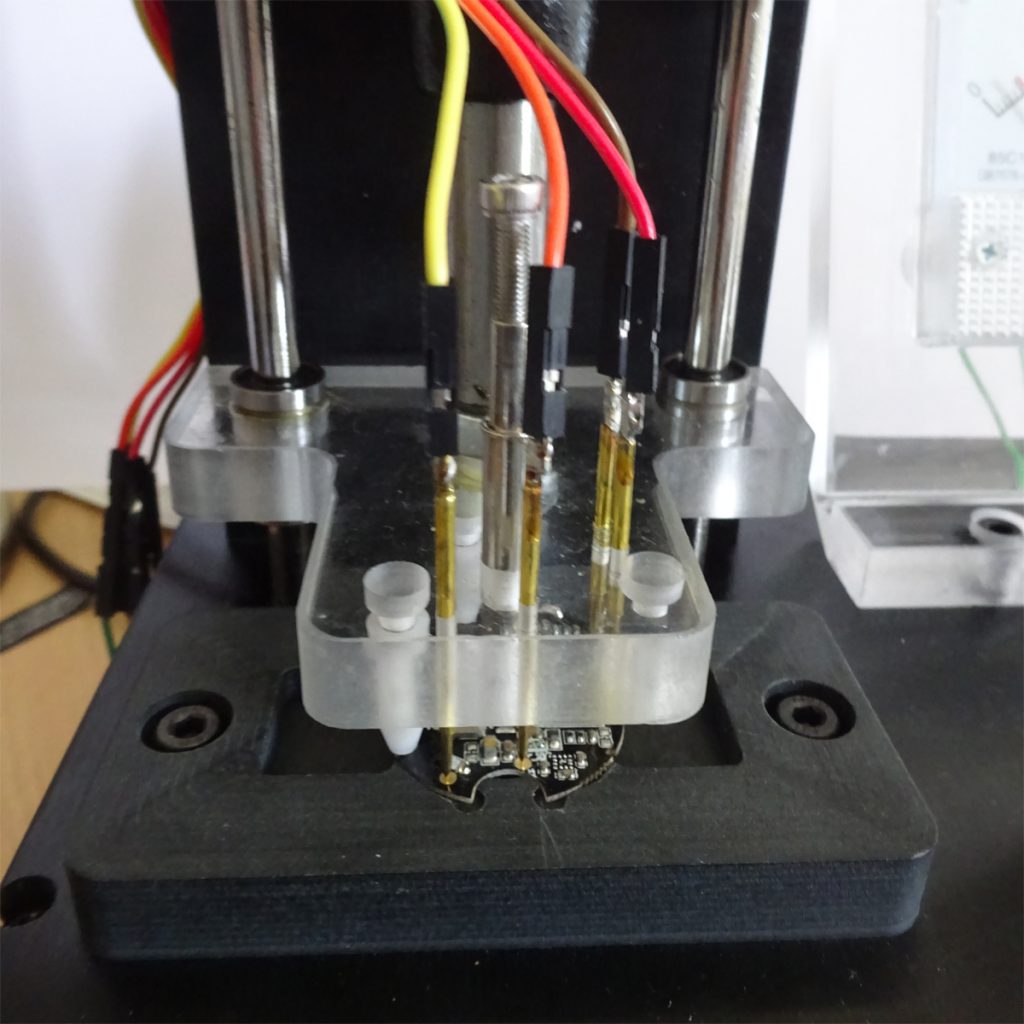There are lots of brands of iBeacon and Eddystone beacon. Each brand has its own management app. We have often been asked,
“Is it possible to have just one app to manage different brands of beacon?”
While it’s technically possible, there’s no incentive for anyone to create such an app. Creating just one app to manage one beacon brand, across iOS and Android is significant effort in itself.
Google identified this problem and created the Eddystone Configuration GATT Service. The idea is that if manufacturers used just this, apps and beacons would be inter-operable. However, people want to configure iBeacon as well as Eddystone. Manufacturers also want to allow users to configure and read sensor data. Also, using Eddystone Configuration GATT Service software in all future beacons does nothing to help manage the large number of beacons that are already out there.
As of writing this, in 7 years since Eddystone Configuration GATT Service was published, no apps have been published that work with the Eddystone Configuration GATT Service. However, the Nordic nRF Connect app does understand some of the Bluetooth Characteristics to better read these kinds of beacons. There hasn’t been a rush for manufacturers to use Eddystone Standard GATT.
Back to the question. It looks like there will be a separate app per manufacturer for the foreseeable future.
